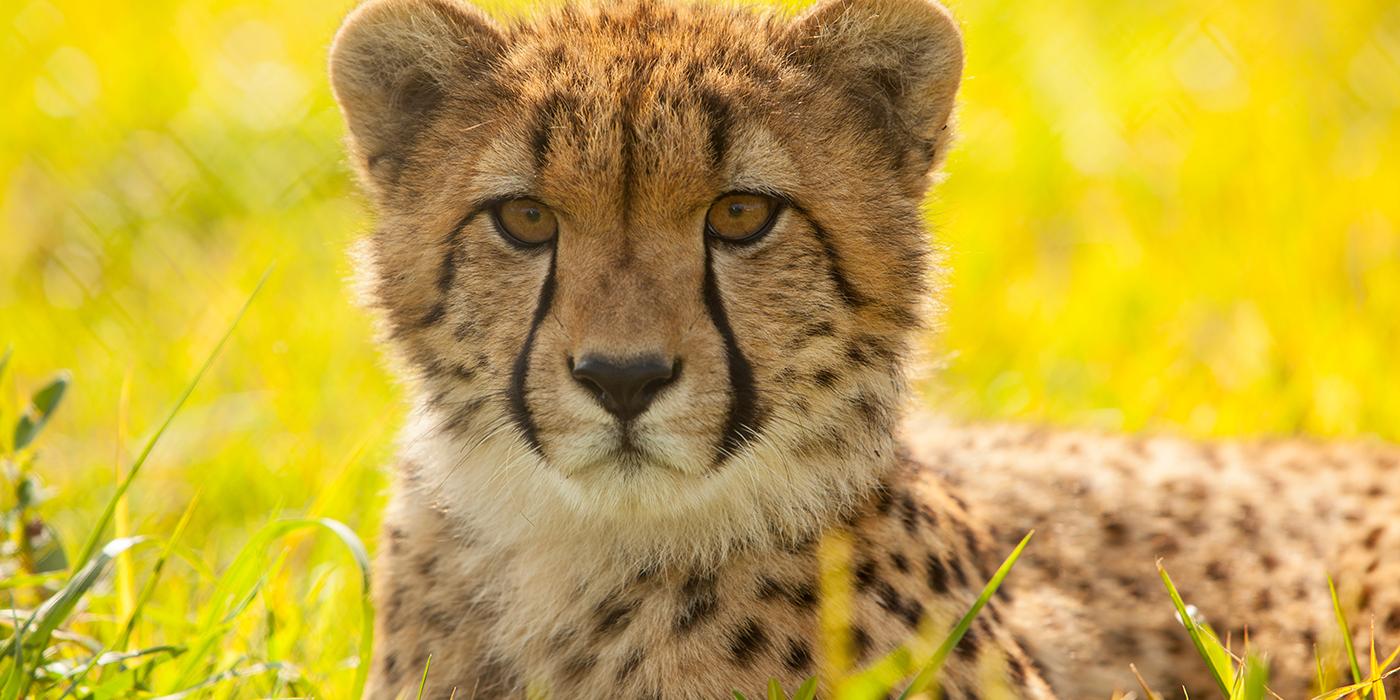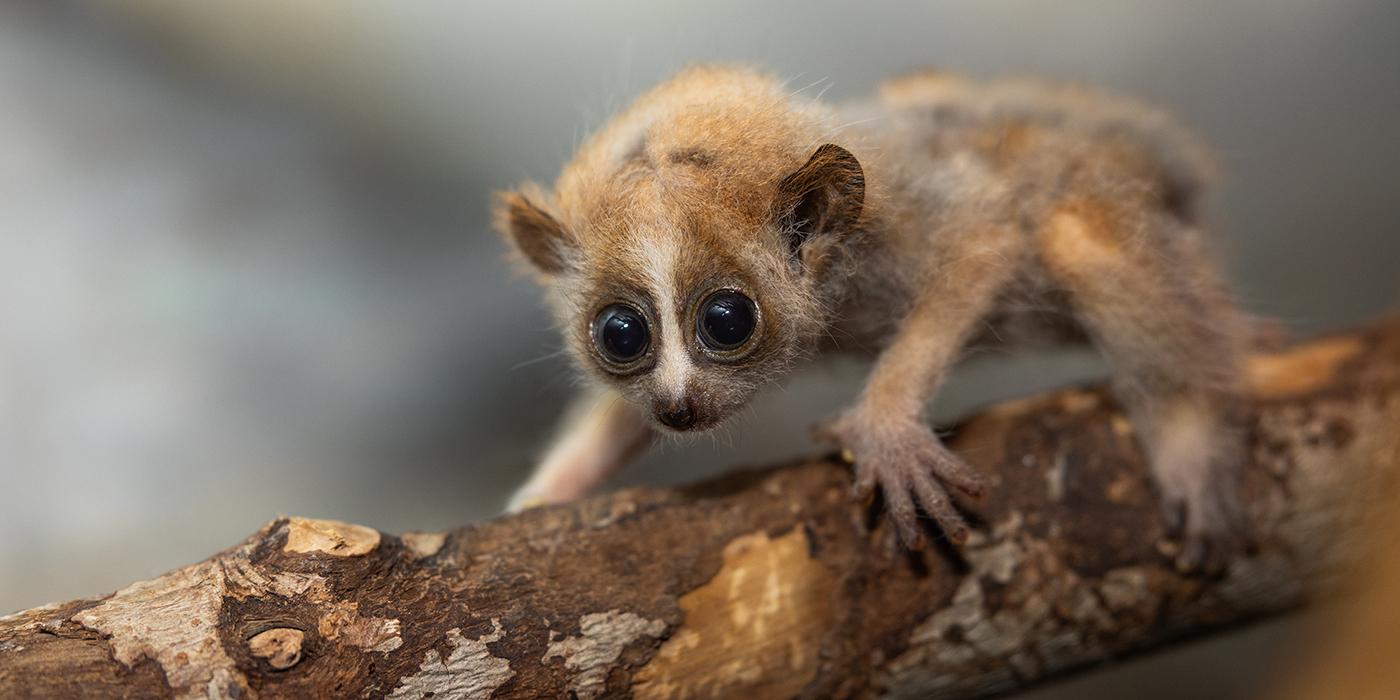Why Do Cheetahs Have Spots? And Other Cheetah Facts
You asked the internet, we answered.

Discover the answers to some of the most-searched questions about these lightning-fast cats!
What is the fastest land animal in the world?
You guessed it: the cheetah! With the ability to accelerate from zero to 45 in just 2.5 seconds, these cats are built for speed. They are the world’s fastest land mammal, bolting up to 60 to 70 mph.
Where do cheetahs live?
In the past 50 years, cheetahs have become extinct in at least 13 countries and today are most prevalent in Kenya and Tanzania in east Africa, and Namibia and Botswana in southern Africa. In Namibia, they live in areas with grasslands, savannahs, dense vegetation and mountainous terrain.
Do cheetahs roar?
Cheetahs don’t roar, but they do make other noise. They purr, bark, stutter, growl, hiss and chirp!
Why do cheetahs chirp?
A cheetah’s chirp has many meanings. Females in estrus often chirp to attract mates. Both male and female cheetahs also chirp when distressed.
Males may chirp when separated from members of their coalition and when reunited. Moms and cubs will do the same. Cheetahs may even be able to identify each other by the sound of their chirps.
Do a cheetah’s claws retract?
Cheetahs have blunt, semi-retractable claws. Their paw prints have visible claw tips, appearing more similar to a dog than a cat!
How do cheetahs hunt?
Unlike most cats, which are nocturnal predators, cheetahs primarily hunt in the early morning and late afternoon. They rely heavily on sight, scanning the countryside from atop termite mounds or kopjes — small, rocky hills.
Once a cheetah spots its prey, it creeps closer before its final sprint. If a cheetah successfully catches its prey, it suffocates the animal by clamping down on its windpipe; the cheetah’s jaw creates a strong, vise-like grip.
What do cheetahs eat?
These carnivores eat small antelope, including springbok, steenbok, duikers, impala and gazelles, as well as the young of larger animals, such as warthogs, kudu, hartebeest, oryx, roan and sable. Cheetahs also hunt game birds and rabbits.
A cheetah must eat its kill quickly, as it can be bullied away from its catch by lions, hyenas or even groups of vultures.
Why do cheetahs have spots?
A cheetah’s spots cover nearly its entire body and may serve as camouflage by offsetting shadows in the gray-hued grasses they inhabit. Camouflage is not only essential for stalking prey but also for protecting cheetah cubs from predators.
Did you know? Much like a human fingerprint, a cheetah’s spots and the ring pattern of its tail are unique!
How many cheetahs are left in the world today?
It is estimated that cheetahs have disappeared from 89 percent of their natural range throughout Africa, with just 7,500 to 10,000 remaining in the wild.
How do cheetahs run so fast?
Beyond a streamlined body and light bones, many other adaptations allow cheetahs to run incredibly fast! Special paw pads and semi-retractable claws offer great traction, while large nostrils and lungs provide quick air intake, so cheetahs can easily breathe while running.
Vertical shoulder blades, which are not attached to the cheetah’s small collarbone, as well as hips that swivel on a flexible spine help lengthen the cheetah’s stride and provide superior acceleration. The cheetah’s spine works as a spring for its powerful back legs, extending its reach with each step. Meanwhile, the tail acts as a rudder for making quick turns, counteracting its bodyweight.
Stop by Cheetah Conservation Station to see the Smithsonian’s National Zoo’s cheetahs during your next visit!
Related Species:


